

Max Davies
How Audi, BMW, Honda, Mercedes-Benz, and Suzuki started out in Australia, and where they are now
6 Hours Ago
Hailing from the Netherlands, say 'hallo' to the world's first long-range solar electric vehicle: the Lightyear 0.

Journalist
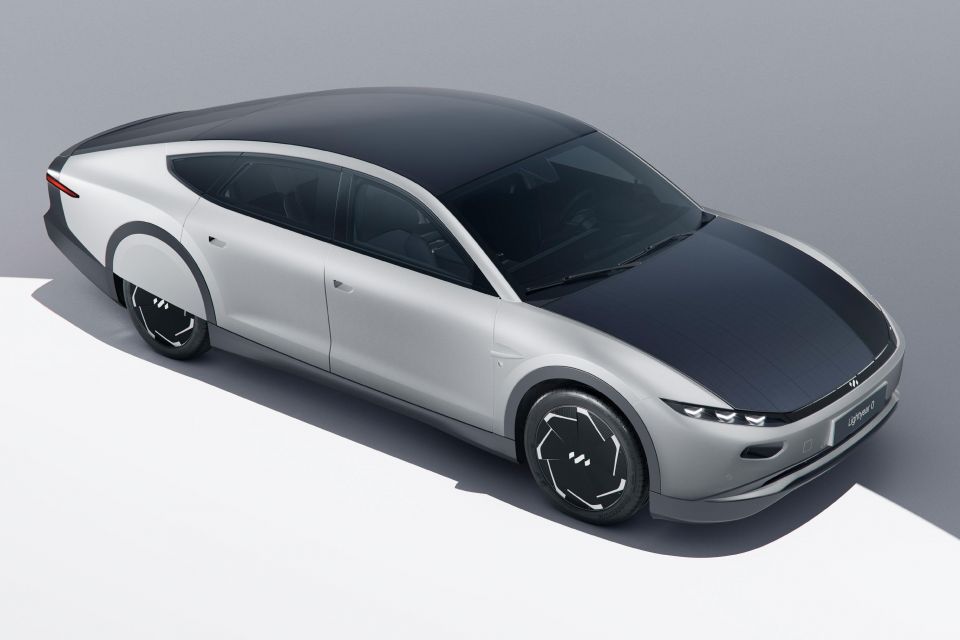

Journalist
Need an electric car that will go to infinity and beyond without a charge?
Say hello to the Lightyear 0. It has nothing to do with Pixar or Buzz Lightyear – instead, it’s a new electric vehicle (EV) that hoping to out-green all other EVs by directly harnessing the power of the sun.
If the Lightyear 0 looks familiar, that’s because it’s the production version of the Lightyear One prototype unveiled in 2021. It features some design changes, limited primarily to the lights and cameras.
All up there’s five square metres of solar panels across the Lightyear 0’s bonnet, roof, and the area where a rear windscreen would normally be.
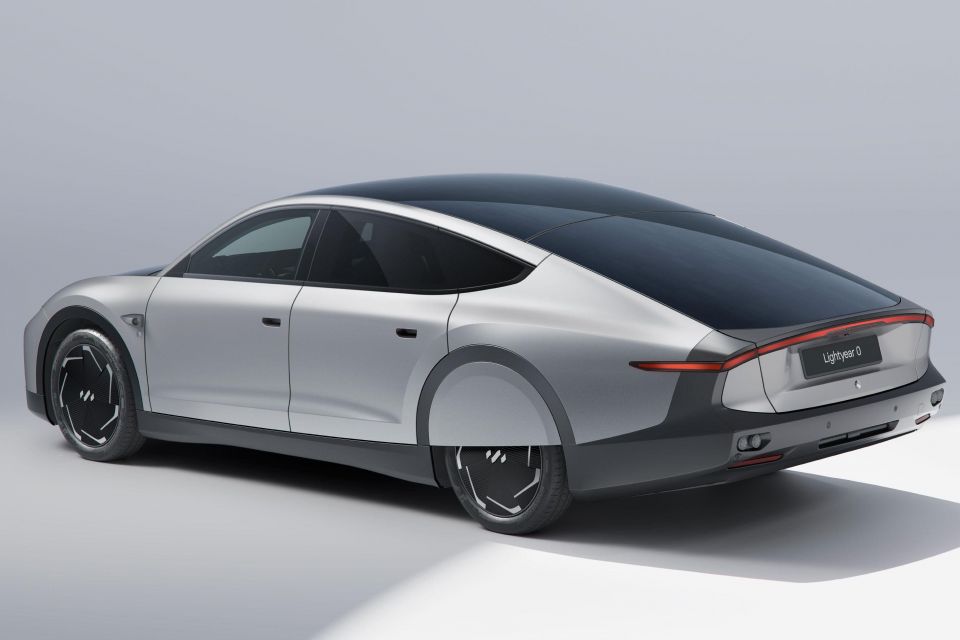
According to Lightyear the curved solar panels can add up to 70km of driving per day or 11,000km per year, assuming you’re living in southern Spain and the skies are clear.
Further north in cloudier countries, such as the Netherlands, solar energy production will fall to about 20km per day. Depending on your driving pattern, it’s possible for the Lightyear 0 to go without being plugged in for months.
Although it’s only fitted with a small-ish 60kWh, the Lightyear 0 is said to have a WLTP range rating of 625km.
That’s thanks in part to the car’s super slippery body, which features partial rear wheel covers, aero wheels, and cameras in place of the traditional wing mirrors.
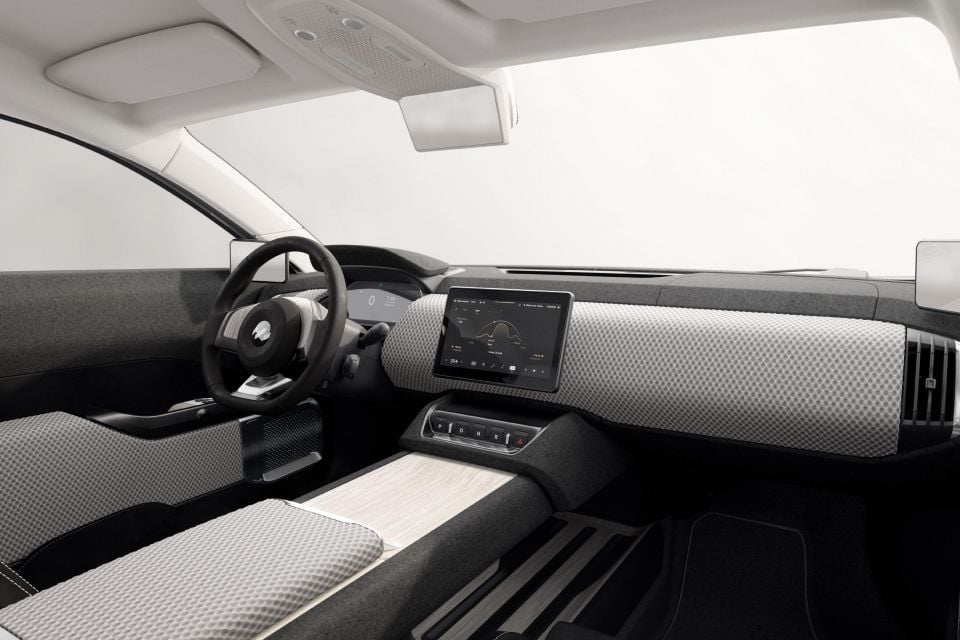
With a drag coefficient (Cd) of under 0.19, it should be the world’s most aerodynamic production car to date. By comparison the most economical version of the new Mercedes-Benz EQS has a Cd of 0.20.
Performance is also – to put it lightly – leisurely. Even though it’s fitted with four in-wheel motors, the Lightyear 0 has a 0-100km/h time of 10 seconds. Top speed is said to be 160km/h.
Lastly, the Lighyear 0 is said to weigh only 1575kg thanks to a body made from reclaimed carbon-fibre, and extensive use of aluminium throughout the structure.
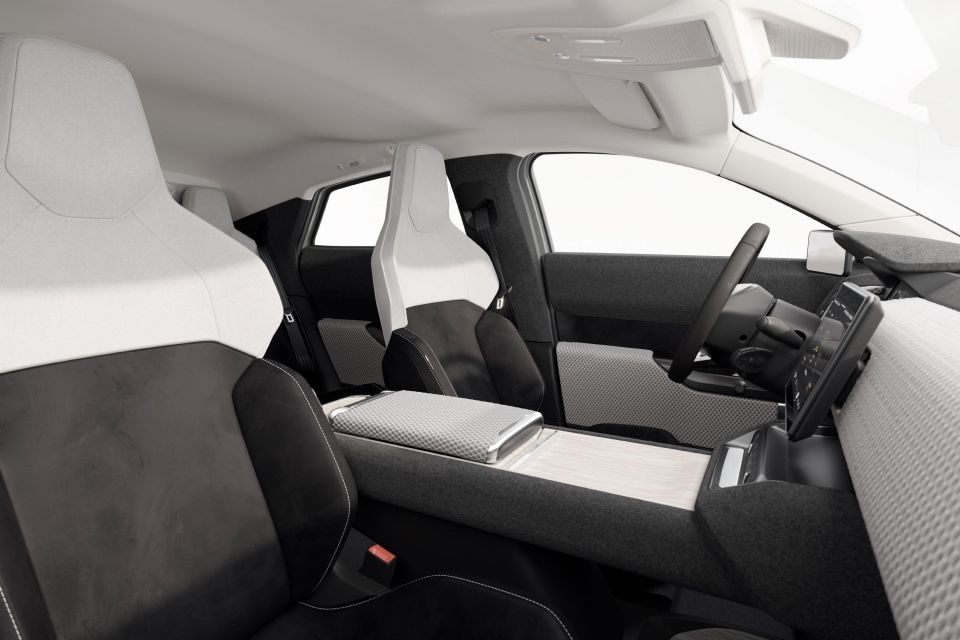
In order to achieve its slippery shape and maximise space for the solar array the Lightyear 0 is big beast, measuring 5083mm long, 1972mm wide and 1445mm tall.
The cabin features naturally-sourced vegan friendly fabrics, and a 10.1-inch infotainment system running the Android Automotive OS.
There’s seating for up to five people, and the boot can hold 610L worth of stuff with all seats up.
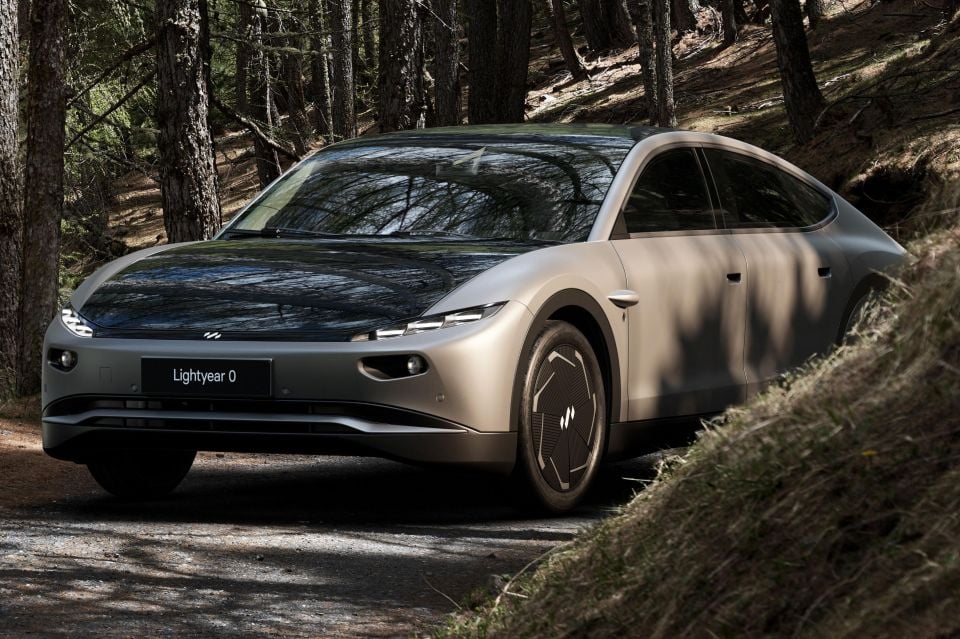
Lightyear says it will begin offering test drives in August with production also starting around that time. The first deliveries in Europe are expected to arrive in November.
Pricing begins from €250,000 ($379,000) before any local sales taxes are added on. Production will be limited to a maximum of 946 units per year.
The company is working on a (significantly) more affordable model — around €30,000 ($45,000) — that may go into production by 2025.
Derek Fung would love to tell you about his multiple degrees, but he's too busy writing up some news right now. In his spare time Derek loves chasing automotive rabbits down the hole. Based in New York, New York, Derek loves to travel and is very much a window not an aisle person.


Max Davies
6 Hours Ago


William Stopford
6 Hours Ago


Derek Fung
6 Hours Ago


Max Davies
14 Hours Ago


William Stopford
1 Day Ago


Ben Zachariah
1 Day Ago